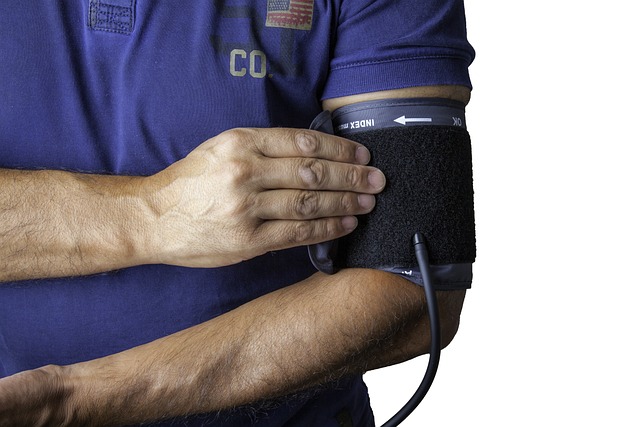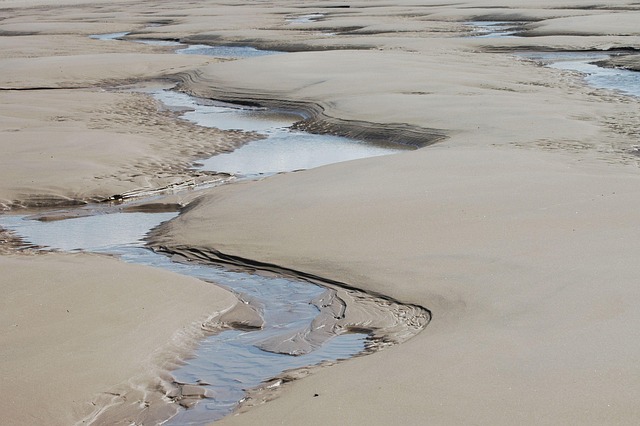Low water pressure in homes is primarily attributed to outdated plumbing, corroded pipes, leaks, or partially closed main supply valves. Diagnosing and fixing the issue involves identifying common causes like faulty aerators, checking for visible leaks, measuring water pressure with a gauge, and considering external factors from local utilities. While minor problems may be addressed through regular maintenance, complex issues require professional plumbing services for effective repair and restoration of optimal water pressure.
Low water pressure can turn a mundane task into a frustrating challenge. Whether it’s a weak shower or a trickling faucet, understanding the causes behind this issue is the first step towards solving it. This article delves into the common causes of low water pressure, provides effective diagnosis methods to identify the root of the problem, and offers reliable solutions to restore optimal water pressure in your home or office. By the end, you’ll be equipped with the knowledge to tackle this persistent problem head-on.
- Understanding Low Water Pressure: Common Causes Explained
- Diagnosis Methods for Identifying the Root of the Problem
- Effective Solutions to Restore Optimal Water Pressure
Understanding Low Water Pressure: Common Causes Explained

Low water pressure is a common household issue that can disrupt daily routines, from taking a leisurely shower to doing laundry. Understanding the causes behind this problem is half the battle won when it comes to finding solutions. The most frequent culprits behind low water pressure include outdated plumbing systems, corroded pipes, leaks within the system, or issues with the main water supply valve.
In older homes, rusty pipes and joints can restrict water flow, leading to reduced pressure throughout the house. Leaks, whether from broken pipes or faulty fixtures, cause a decrease in water pressure as a significant amount of water is lost before it reaches its intended destination. Moreover, if the main water supply valve isn’t fully open, it can severely limit the flow of water into your home, resulting in low pressure at all taps and outlets.
Diagnosis Methods for Identifying the Root of the Problem

Diagnosing low water pressure issues begins with understanding common causes, such as leaks in pipes or fixtures, aerators that restrict flow, and pressure regulator malfunctions. Start by checking for visible signs of water loss, like dripping faucets or puddles under water heaters. Next, inspect each fixture individually to isolate the problem area; this could be a specific faucet, showerhead, or even an entire floor or wing of your home.
Use a pressure gauge to measure water pressure at different points throughout your plumbing system, comparing readings against manufacturer recommendations for optimal performance. Keep in mind that issues external to your home, like main line disruptions or water main repairs, can also cause low pressure, requiring further investigation and potential involvement from local water utilities.
Effective Solutions to Restore Optimal Water Pressure

Low water pressure can be a frustrating issue, but there are several effective solutions to restore optimal water pressure in your home or building. The first step is identifying the root cause. Common causes of low water pressure include leaks in pipes, outdated plumbing systems, improper water heater settings, or even issues with the main water supply line. Once you’ve pinpointed the problem, addressing it promptly becomes easier.
For minor leaks or clogs, a simple maintenance routine can go a long way. This may involve flushing out water heaters, replacing worn-out fixtures, or clearing obstructions in pipes and drains. If the issue is more complex, such as significant pipe damage or an aging water main, professional plumbing services might be necessary. Replacing outdated plumbing or repairing damaged lines can effectively boost water pressure and ensure a steady flow throughout your property.
Low water pressure can be a frustrating issue, but with proper diagnosis and effective solutions, it’s easily manageable. By understanding the common causes, such as leaks, faulty valves, or outdated pipes, you can pinpoint the problem through various diagnosis methods. Once identified, restoring optimal water pressure becomes straightforward, ensuring your home or facility runs smoothly without constant flux in water flow. Remember, addressing low water pressure promptly not only enhances daily convenience but also prevents more serious plumbing issues down the line.
